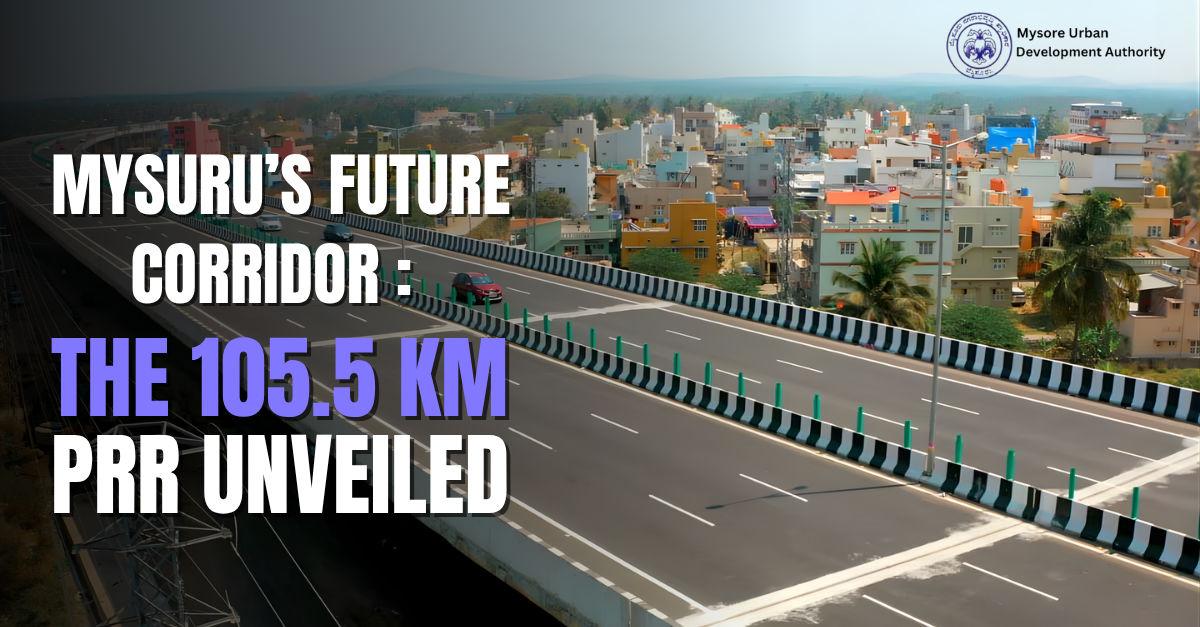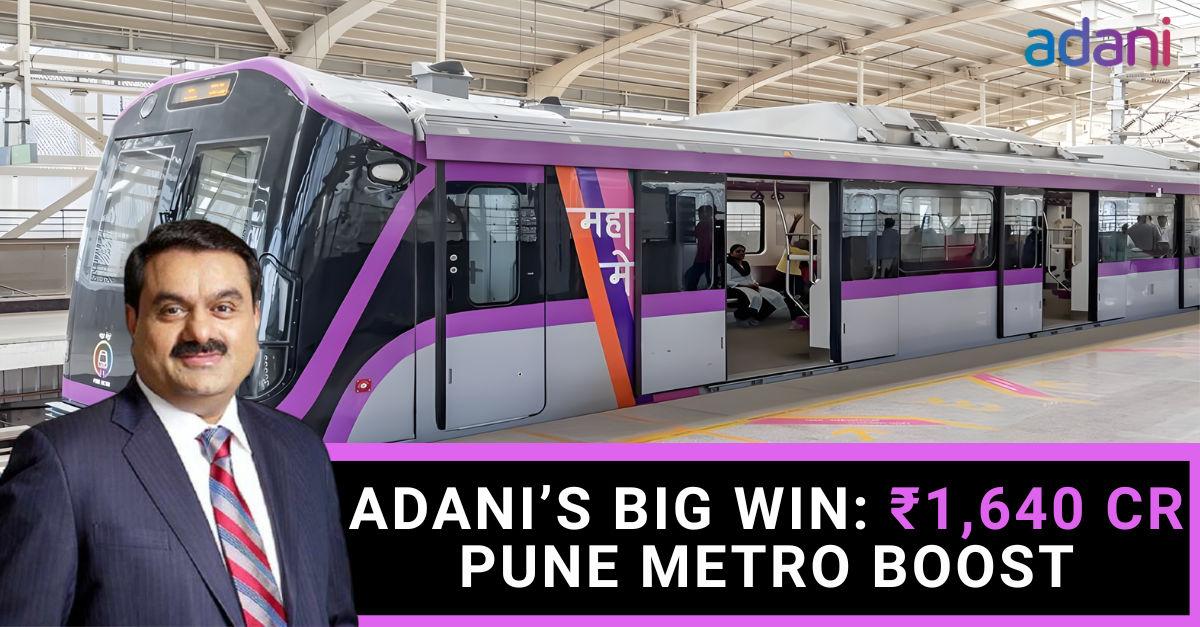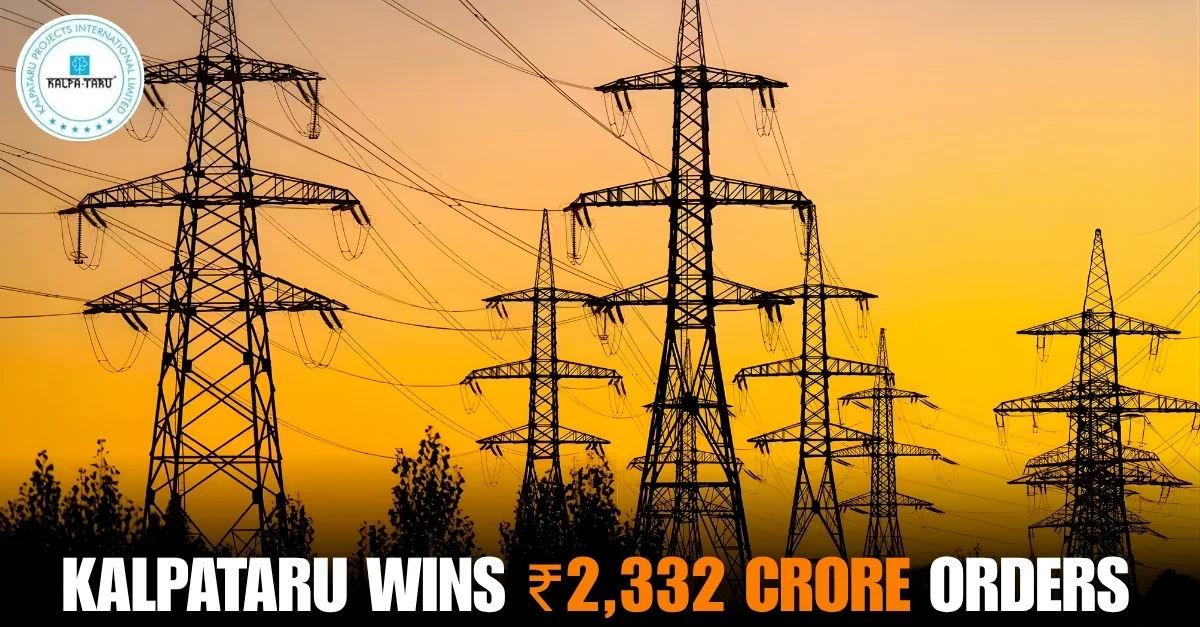India’s construction sector may be on the verge of a transformative policy shift, as the government prepares a new incentive scheme worth between ₹14,000 and ₹16,000 crore aimed at boosting domestic manufacturing of critical construction and mining equipment. Officials aware of the matter confirmed that inter-ministerial consultations are already underway, with the scheme likely to roll out in the next fiscal year. The move comes at a crucial time, when India’s ambitious infrastructure development goals are colliding with its heavy reliance on imported machinery.
Currently, India imports nearly half of its construction equipment and components by value, sourcing largely from countries such as China, Japan, South Korea, and Germany. These imports include highly specialized machines like tunnel-boring machines (TBMs), cranes, and rigs, along with advanced components such as hydraulic systems, electronic control units, sensors, and telematics. This dependence has long posed risks for the industry, particularly during periods of global demand surges or supply chain disruptions. Executives note that even short delays in procuring equipment can derail time-sensitive projects, especially in sectors like metro construction, high-speed rail, and port expansion.
The planned scheme is expected to address this vulnerability by incentivising local manufacturing. According to sector analysts, increasing domestic production could raise localisation levels from under 50 percent today to between 70 and 80 percent within the next five to seven years. If successful, this would create a $25 billion annual market while also saving the country an estimated $3 billion in foreign exchange each year. Industry leaders such as Manish Mathur, CEO of cranes at Action Construction Equipment (ACE), argue that such a policy is not only timely but essential for strengthening the entire infrastructure ecosystem.
India’s infrastructure pipeline underscores the urgency of this shift. By 2047, the government aims to quadruple domestic port capacity to 10,000 million tonnes per annum, expand metro networks nearly fivefold to 5,000 kilometres, and build over 200,000 kilometres of high-speed road corridors. The development of new bullet train routes and rapid rail corridors will further intensify the demand for heavy machinery. Without a stronger domestic equipment base, planners warn, India risks exposing its projects to global price fluctuations, supply shocks, and escalating costs.
Companies in the sector are already adapting to the constraints of import dependence. Engineering, procurement, and construction (EPC) firms are increasingly relying on equipment rotation strategies, especially for projects in high-altitude or remote regions. Many are also entering long-term partnerships with vendors and including escalation clauses in contracts to share risks associated with supply bottlenecks. However, experts agree that these stopgap measures cannot fully replace a resilient domestic manufacturing base.
Beyond equipment, the industry remains reliant on imports of specialty raw materials such as high-grade steels, further underlining the importance of a comprehensive localisation push. Credit rating agencies such as ICRA have suggested that with the right support, India’s construction and mining equipment ecosystem could become globally competitive.
Government procurement rules already give preference to “Make in India” products, but technical readiness remains a challenge, particularly in areas requiring highly specialized engineering. Officials and industry associations have previously floated the idea of a Production-Linked Incentive (PLI) scheme similar to those extended to electronics and automobiles. While such a scheme has not yet been implemented for construction equipment, the new proposal indicates that the government is considering closing this gap.
If implemented effectively, the proposed incentive programme could mark a turning point for India’s infrastructure story. By building up domestic capacity, the country would not only reduce its dependence on imports but also create a buffer against external shocks, making long-term planning and execution of mega-projects more predictable. For a nation with infrastructure ambitions of historic scale, the stakes could not be higher.







